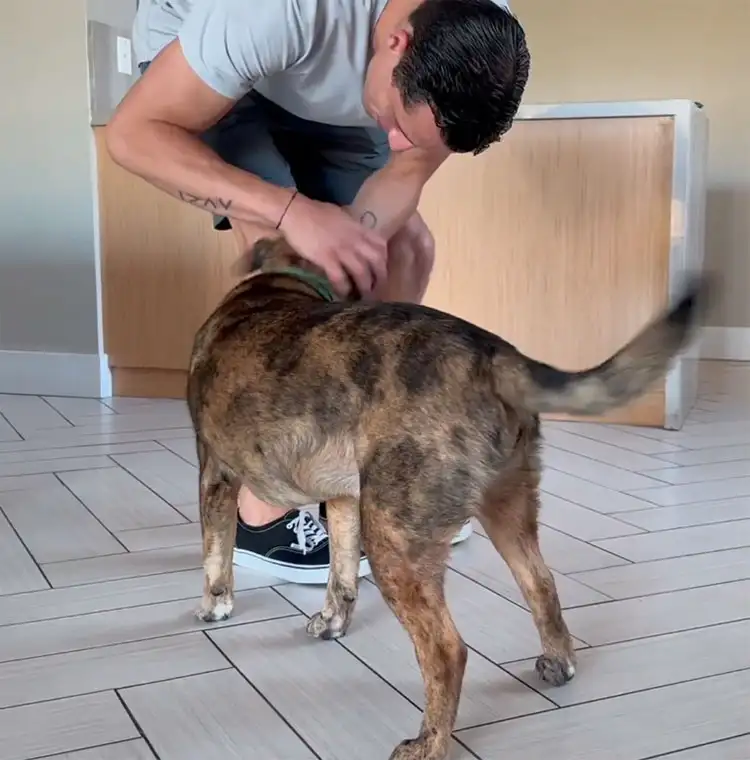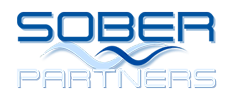Beacon Insurance

Paying For Rehab With Beacon Insurance
10% of people in America will experience drug addiction at some point in their lives. So if you or your loved one is currently facing this battle they are not alone. But this can be an intense struggle, which puts your physical well-being, mental health, and personal relationships under considerable strain.
Fortunately, help is at hand. In fact, there are more than 14,000 rehab facilities currently running across America. These offer a huge range of treatments to suit each individual.
However, accessing support for addiction recovery can be financially demanding. This is the last thing you want to be worrying about when reaching out for help. Getting help from your insurance company can make a huge difference.
Understanding your Beacon health options for drug rehab coverage will help you make the most of the insurance available to you and your loved ones. In that case, you’ve come to the right place. Read on to find out everything you need to know about Beacon insurance rehab coverage now.
What is Beacon Insurance's Rehab Coverage?
Before we look at the ins and outs of your coverage, let’s find out a little bit more about Beacon insurance for rehab.
Back in 2010, the Affordable Care Act was passed. This made it mandatory for all health insurance companies to provide coverage for drug addiction support. They also had to provide coverage for mental health conditions.
This means that insurance companies have to view mental health and addiction like other illnesses or injuries that require medical attention and support.
In 2014, Beacon insurance addiction coverage emerged. This offers specialist insurance for mental health and addiction treatments. By becoming a specialist in the field, Beacon can provide specific addiction coverage to suit different budgets.
Beacon’s plans are generally co-pays, which means that you need to contribute a monthly premium to your plan. On top of this, you have to meet a minimum deductible amount before accessing treatments. Once you reach this, Beacon will start contributing to your treatment costs.
So let’s take a closer look at exactly what Beacon insurance addiction treatment can offer.


Inpatient Versus Outpatient Coverage
As any guide to Beacon insurance rehab will tell you, the extent of your coverage depends on the plan that you have chosen. The majority of Beacon drug rehab plans cover both inpatient and outpatient treatments. This includes coverage for:
As a general rule, the more you pay for your monthly plan, the better coverage you will have. You will still have access to these treatment options on a cheaper plan. However, you will have to meet a higher deductible price before accessing your treatment.
Medical Detox Coverage
When it comes to kickstarting your addiction recovery journey, all Beacon insurance rehab advice will recommend detoxing. This essentially involves flushing your system of drugs that you have been using.
While this isn’t an easy process, it helps to push you through the withdrawal stage of recovery more quickly. This means that you can focus on the emotional and psychological aspects of your recovery.
This is an essential stage at the beginning of the recovery process, so it is one of the guaranteed Beacon health options for drug rehab coverage.

Does Beacon Insurance Only Cover In-Network Facilities?
Beacon insurance rehab is available at a number of different facilities across the country. However, it is important to find a facility that is part of the Beacon network. These allow you to access the whole range of treatments available on your insurance plan.
Choosing to use an out-of-network facility can be a lot more expensive for you or your loved one. In fact, the majority of out-of-network services have to be paid for entirely out of your own pocket. It might be possible to get support from another health insurance provider in these cases.
However, if you find yourself in need of emergency care and receive this from an out-of-network clinic Beacon should cover this. In that case, you will need to prove what qualified the situation as an emergency. For example, you may have been at risk of immediate harm or might have been taken to a facility by a medical professional.
To make sure that you have access to addiction treatments outside of medical emergencies, it is important to research potential clinics carefully. That way you can be sure to find one that works with Beacon insurance.

Verifying Your Addiction Treatment Coverage
Understanding which insurance companies work with which facilities can feel complicated and overwhelming. Fortunately, you can find out whether or not your insurance is eligible with a clinic by verifying it.
This involves sharing your insurance policy information with a clinic such as Sober Partners. Then the clinic can review your details and let you know exactly what sort of treatments are available to you based on your coverage. They will also tell about any administrative or deductible fees that you can expect to pay by yourself.
This is a quick and easy way to find out exactly what sort of coverage Beacon can offer you at the clinics you like.
Make the Most of Beacon Health Options for Drug Rehab Coverage Today
As you can see, when it comes to recovering from drug addiction your Beacon insurance rehab options can help you access the help that you need. So what are you waiting for?
If you are ready to make the most of your Beacon health options for drug rehab coverage, get in touch today. We’re happy to help you on the road to recovery.
